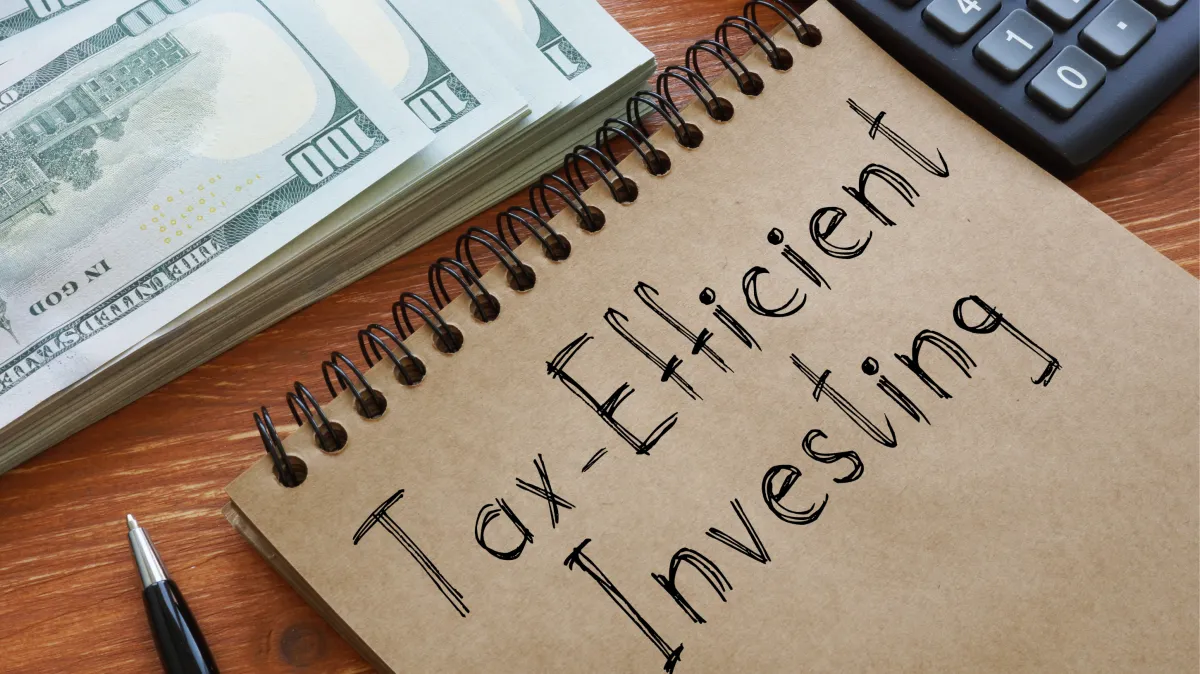
What’s the Most Tax-Efficient Retirement Withdrawal Strategy?
When you reach retirement, you will want to make sure that you pay the lowest amount in taxes. The good news is that there is a rather simple way to stay tax efficient. To keep your taxes low throughout your retirement, be sure to withdraw from the most inefficient investment vehicles and accounts first. This will allow your capital to grow in tax-efficient or tax-free accounts.
Here is a look at the order of withdrawal you should implement from your accounts from the least tax-efficient to the most tax-efficient.

Non-Retirement Investments Taxed at Ordinary Income
If you have any investments in non-retirement accounts and are taxed at ordinary income, then they should be sold first. For instance, if you have any real estate, art, or other investments that can not take advantage of long-term capital gains, then they should be the first source of retirement income.

Non-Retirement, Long-Term Capital Gains Investments
If you have any equity investments outside of your 401K or IRAs, then these should be the next assets that should fund your retirement. If you hold these investments for more than 12 months, then they will be subject to a long-term capital gains tax which is more favorable than short-term capital gains taxes.

Traditional IRA Accounts
A traditional IRA account is only taxed at retirement. This account should be the next on your list for withdraws. By liquidating your non-IRA investments, you will give your traditional IRA accounts a little more time to grow. However, since you still have to pay long-term capital gains, you will want to withdraw from this account next.

ROTH IRA Accounts
After you have sold off your traditional IRA account, you should move on to your ROTH IRA account. This is because your ROTH IRA account is not taxed at retirement. This gives your investments in your ROTH IRA time to appreciate further. However, ROTH IRAs do have a minimum distribution requirement at age 72. Therefore, you should only withdraw the minimum amount from your ROTH until you have exhausted all other retirement accounts.

Non-Qualified Annuities
Non-qualified annuities or annuities that are held outside of your 401K and IRAs should be last. That’s because non-qualified annuities do not have a minimum distribution requirement. That means that you can delay withdrawing from these accounts as long as possible.
Engaging the Right Withdrawal Strategy at Retirement
Saving and investing for retirement is only part of the overall process of securing your later years. Having the right withdrawal strategy will allow you to maximize your gains while paying the lowest tax. Be sure to consult a wealth manager to put the right withdrawal strategy to work for your retirement.
